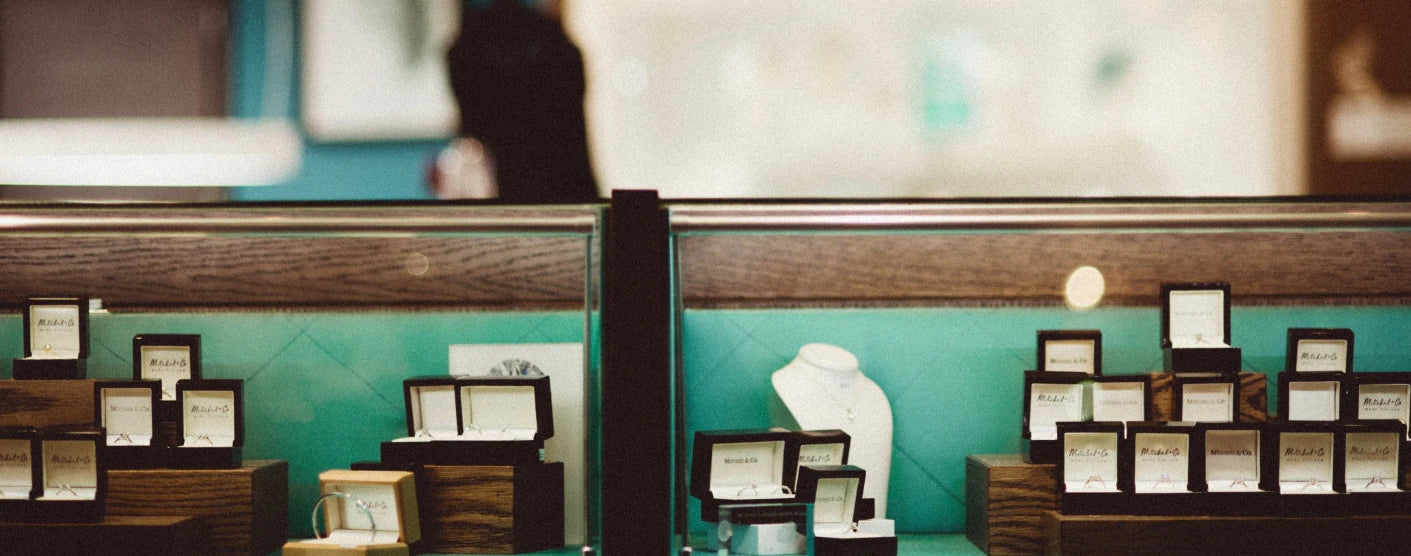Understanding Your GIA Diamond Certification
We all love the way a diamond sparkles, and under the bright lights of a jewellery store it’s easy to get lost with all that’s on offer, especially with all the jargon that’s thrown around.
GIA (Gemological Institute of America) is a term you’ll hear a lot when shopping for diamonds. But what is a GIA certified diamond?
In this article, our experts have compiled everything you need to know about the GIA diamond certification, what it covers and why it’s important.
Who are the GIA?
The Gemological Institute of America have been focused on research and education about everything gemstones since 1931.
They are the leading authority on everything gem related, and their grading system, the 4Cs (more on that later), is used the world over in order to monitor the quality of diamonds and other gemstones.
What is a GIA diamond?
GIA certified diamonds are graded using an assessment to determine their quality, with each diamond being individually assessed using the 4 Cs.
Almost every diamond in the world is graded using the 4 Cs, but what exactly are they?
Learn everything you need to know about the 4 Cs by clicking here.
Why do we need a GIA certificate?
The Gemological Institute of America are the authority on grading a diamond, making sure its characteristics are all detailed out. A GIA certificate gives you the opportunity to objectively compare and contrast different diamonds, allowing you to make an informed decision when it comes to purchasing.
It’s also important when it comes to insuring your diamond as it’s laser inscribed and is easily verifiable; consider it like having a logbook for your car that verifies everything you’re saying about the gem.
While this is important, it’s worth bearing in mind that GIA certification should not be used as a purchasing guide in isolation. While the cut, colour, clarity and carat of your diamond are, of course, important, there are a fair few other crucial pieces of information that you need to consider, most of which can only be seen in person.

What is assessed by your GIA certification?
Each diamond is assigned its own report number, allowing you to look your diamond up online.
Your report is unique to your gem and, in addition to the 4 Cs, covers:
Measurements
The diamond’s dimensions will be thoroughly described, mapped and annotated. This is especially important when working with fancy shape diamonds or princess cuts, as it will help you identify whether the diamond is of accurate proportions.
Your measurements will also determine the exact cutting style and proportions of the diamond, ensuring that there’s an accurate record at all times.
Measurements are important as certain shapes of diamond (such as fancy) will not have a cut grade associated with it, meaning that its measurements are a more useful barometer for its value.
Fluorescence
A diamond’s fluorescence is how intensely it glows under UV light. This means that, while a gem may look gorgeous in the shop, it might look milky and opaque in daylight. A description of fluorescence is provided in any GIA certificate as an additional identifying characteristic.
When in daylight, you don’t want to see any blue hues or other strong fluorescence. Even if your diamond is flawless, it can still be impacted by this (and it’s something that many jewellers won’t talk about). Be aware of this when buying any diamonds in the future, as fluorescence can dramatically affect the diamond’s value.
Clarity
Okay, you’ve got a clarity grade, but it doesn’t necessarily mean it’s better or worse than something with a different clarity grade.
The only true way to get a sense of the quality of a diamond is to visit a shop and see the diamond under a loupe with your own eyes.
While diamonds range from F (flawless) and VS (very slightly included) through to SI (slightly included) and I (included), the degree to which this affects the actual appearance of the diamond can vary quite a bit.
For example, a VS grade stone is usually beautiful, but if it’s of a lower quality, then you might be better off buying a really nice quality SI1 (even though this is technically a ‘lower’ grade).
Your VS2 diamond (a higher grade) might have one great big inclusion right in the middle of the diamond, while a similar quality SI1 (a lower grade) might have many smaller inclusions around the edge. While the VS2 is technically rated higher, it might be better for you to choose the SI1 diamond instead, as its inclusions will be less noticeable.
As a result, always take the diamond’s clarity rating with a pinch of salt. Come visit us here in the Jewellery Quarter and see the difference in quality with your own eyes before committing to a diamond. The GIA certification doesn’t always paint the clearest picture.
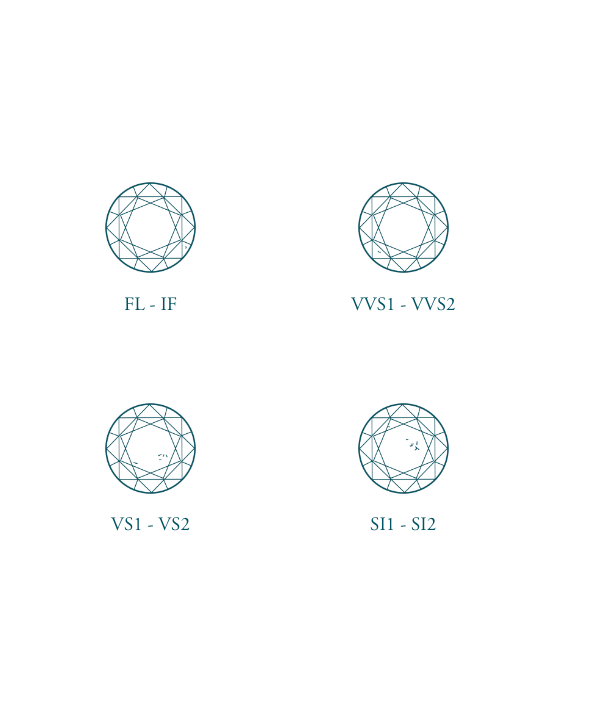
Stunning diamond rings & jewellery from Mitchel and Co.
At Mitchel and Co. we believe that there’s a diamond for everyone.
While it’s important to be aware of GIA certification and the 4 Cs, the decision of which diamond ends up on your finger should be down to what you can comfortably afford, what you think looks great and, perhaps most importantly, what makes you happy. It should never be determined by the certificate alone.
If you have any further questions about diamond certification, or need advice on how to choose the perfect diamond, don’t hesitate to get in touch with one of our diamond experts today or visit us in store.
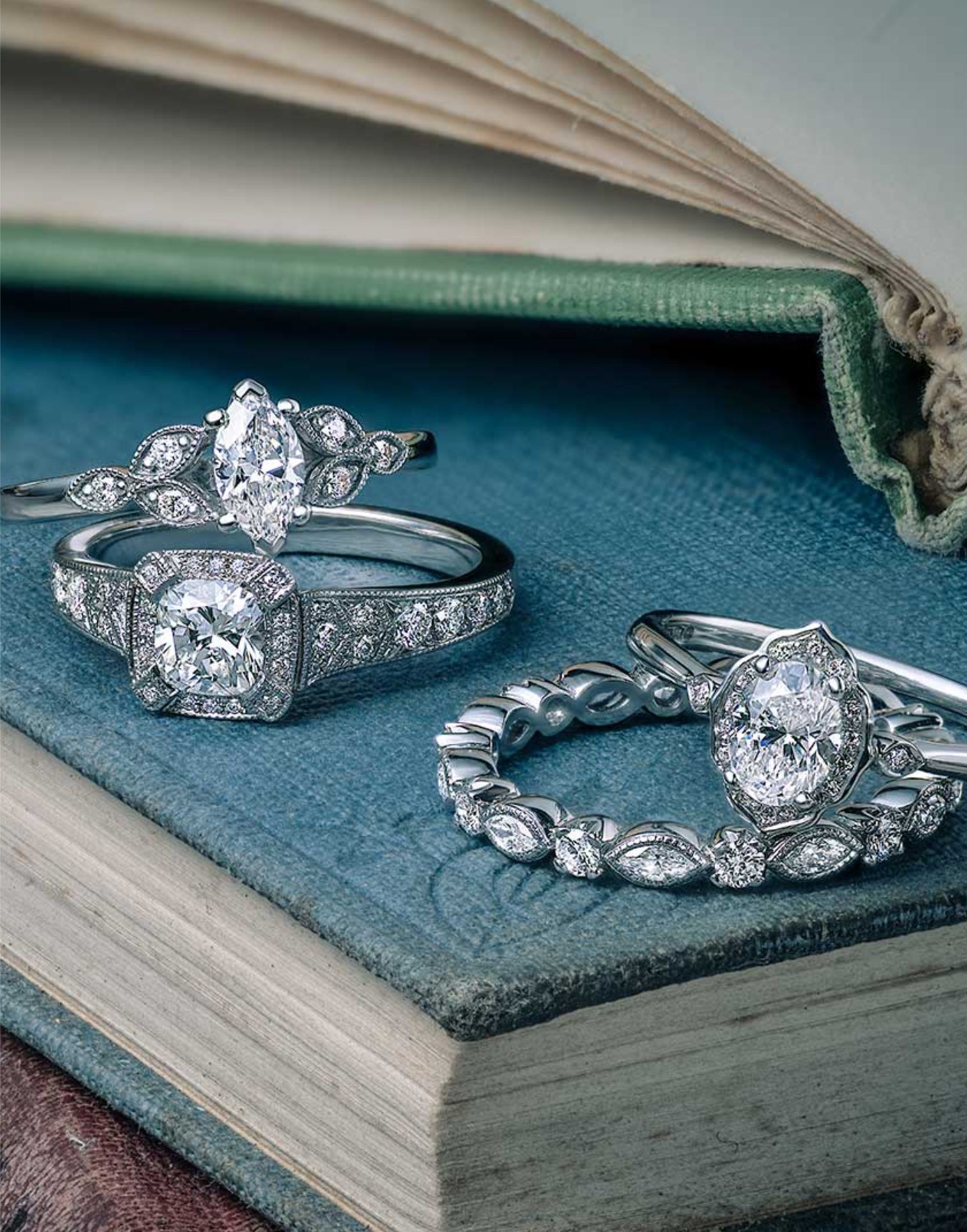
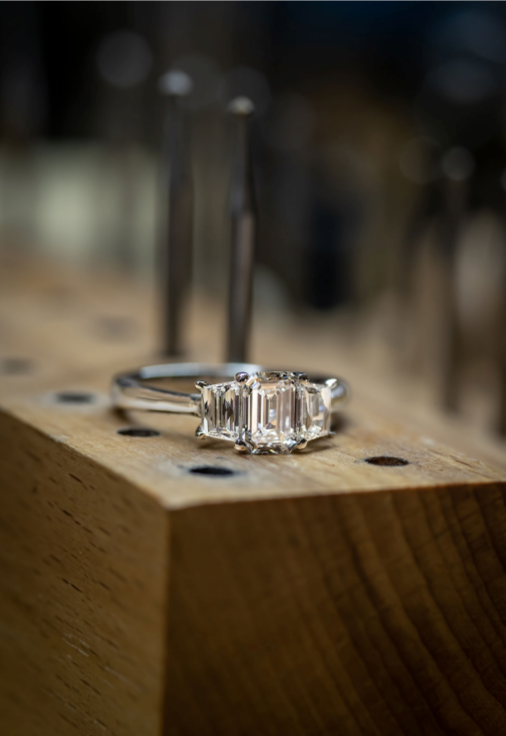
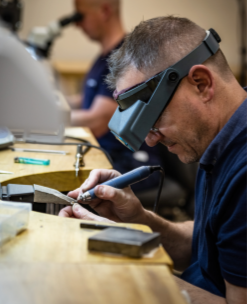
Tailored and made for you
Not seeing exactly what you want? We can design and craft a bespoke ring to your exact specifications, creating something absolutely unique to you.
Craft your perfect ring

